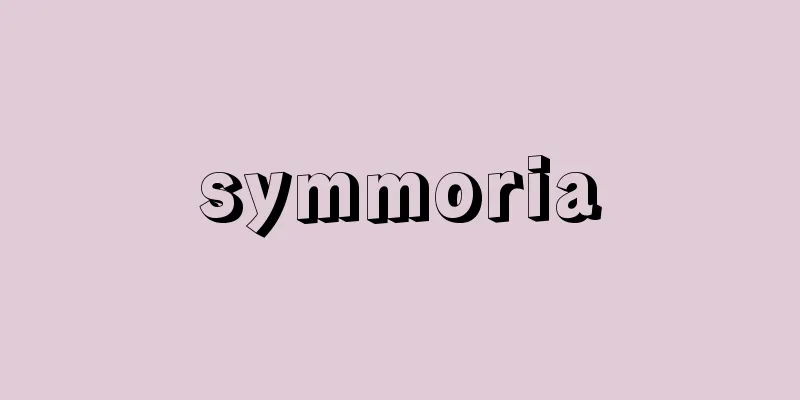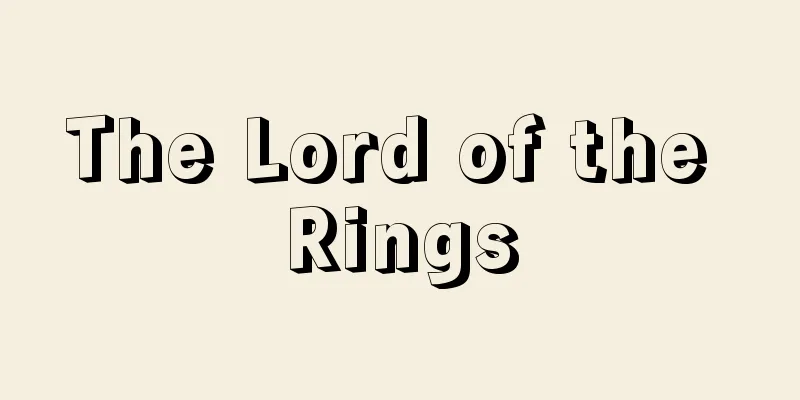Asklepiades (English spelling)

|
...Hippocrates, born in the middle of the 5th century BC, and Galen, born in the 2nd century, believed that the factors that make up a person's constitution were bodily fluids, and advocated the humoral pathology theory, which held that the imbalance of bodily fluids was the cause of disease. In contrast, Asklepiades (124-60 BC) and others advocated the solid pathology theory, which held that the human body was made up of atoms, and that disease was caused by abnormalities in atoms. Neither of them had any knowledge of organs, tissues, or cells, and attempted to classify the characteristics of an individual as a whole. *Some of the terminology explanations that mention "Asklēpiadēs" are listed below. Source | Heibonsha World Encyclopedia 2nd Edition | Information |
|
…前5世紀半ばに生まれたヒッポクラテスや2世紀のガレノスは,体質を構成する因子は体液であると考え,体液の混和の乱れが病気の原因とする液体病理学説を唱えていた。それに対してアスクレピアデスAsklēpiadēs(前124‐前60)らは,人体はアトムからなり,アトムの異常によって発病するという固体病理学説を唱えていた。いずれも,臓器,組織,細胞という知識がなく,個人の特徴を全体的に分類しようとしていた。… ※「Asklēpiadēs」について言及している用語解説の一部を掲載しています。 出典|株式会社平凡社世界大百科事典 第2版について | 情報 |
>>: Askiya Muhammad (English spelling)
Recommend
Easy-open can - Easy-open can
⇒EO can Source: About Shogakukan Digital Daijisen ...
Obisando
...A wooden door made of a single plank of wood s...
Ancient documents collected by the Akita Domain
This is a collection of ancient documents that the...
Open Market Operations
→Open Market Operations Source : Heibonsha Encyclo...
Oonamuchi-no-Mikoto
...In particular, there are many articles about t...
Nogiran - Nogiran
A perennial plant of the lily family (illustration...
Glacial isostasy
…In the Hudson Bay area of Canada and the Balti...
Freemasonry - Freemasonry
A global, humanitarian fraternal organization tha...
Rock catfish - Rock catfish
...They live in both freshwater and saltwater, bu...
The Sixteen Provinces of Yanyun
This refers to the 16 prefectures in northern Chi...
Góis, Damião de
[Born] February 2, 1502, Alencale Died January 30,...
Kanazawa Library
Around 1275, Kanazawa Sanetoki established this li...
Bridge Benkei
Noh piece. Fourth piece. Five-school current piec...
Omiya Dance
A folk performing art handed down in the Hiruzen r...
zambomba
…Percussion instruments include the tambourine (p...









